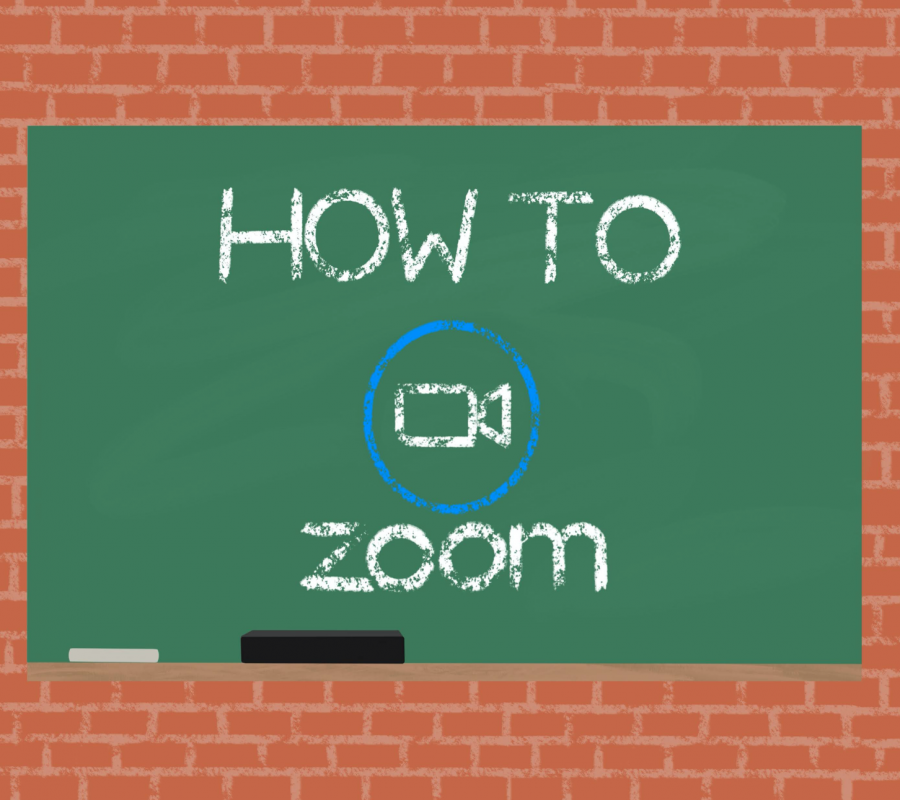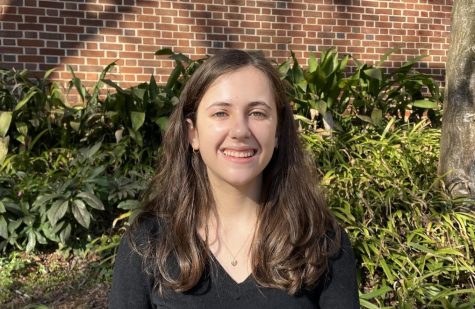Teachers adapt to online classes
LEARNING CURVE: The APS Department of Instructional Technology hosted teacher trainings throughout the summer to prepare them for the start of virtual classes.
September 11, 2020
Photography teacher Dawn Wadsworth has spent the past 30 years teaching darkroom photography. But in the span of four weeks over the summer, Wadsworth had to learn as much as she could about digital photography, a subject she has never taught.
Wadsworth is one of countless teachers who had no choice but to adapt to teaching virtually, due to the coronavirus pandemic.
“I have been on the computer every free moment I’ve had since before we started school, creating new material,” Wadsworth said. “You have to have so many more visual aids already made than in a regular classroom. In Zoom classes, you can’t just go to the board and draw pictures and diagrams and write stuff; now there are all these different programs we have to use.”
Atlanta Public Schoolsplaced a heavy focus on educating teachers on how to use the different types of instructional technology.
Aleigha Henderson-Rosser is the executive director for the Department of Instructional Technology at APS. Her department is tasked with choosing what software the district uses and training teachers on how to use it. In early June, she began meeting with teachers and principals from across the district to discuss what they wanted to see during the fall semester, should classes be completely virtual.
“We were hearing from teachers that they really want quality digital education, and to make the teaching more engaging for the students,” Henderson-Rosser said.
The first step was to find the right tools for a digital classroom. Zoom, Microsoft Teams and Google Meets were all popular platforms among teachers. After choosing what programs to use, Henderson-Rosser and the rest of her department moved on to teacher training.
“If you were doing a Zoom training, for instance, the presenter would share their screen and go over the toolbar at the bottom. Then we would go over classroom management with Zoom and having students in the class,” Henderson-Rosser said. “We have been doing training on all the tools all summer to get them [teachers] ready.”
Some teachers, like AP Physics teacher Jillian Breen, decided to take their own route and learn how to use the software on their own.
“Personally, the way that I best learn different platforms and things is by getting a chance to just sit and work through them myself,” Breen said. “Although the district does really good training, I find that a lot of times, because it is such a large mixed group, I find myself getting a little overwhelmed.”
Breen reached out to other teachers and friends to help guide her learning.
“For some platforms, Zoom especially, I called my friends and asked if they could pretend to be students for me, and I would test out the tools,” Breen said. “For different things, like [Microsoft] Teams and Class Notebook, I reached out to an AP Physics teacher community that I am part of on Facebook and asked if anyone would be willing to work with me in going through that.”
Wadsworth and Breen both feel as if they are learning alongside their students in the virtual classroom setting.
“A lot of times, I think something is easy to follow, but other people don’t,” Breen said. “Trying to guess what other people’s brains are going to need is tricky. I want to make class as easy for people to follow as possible”








